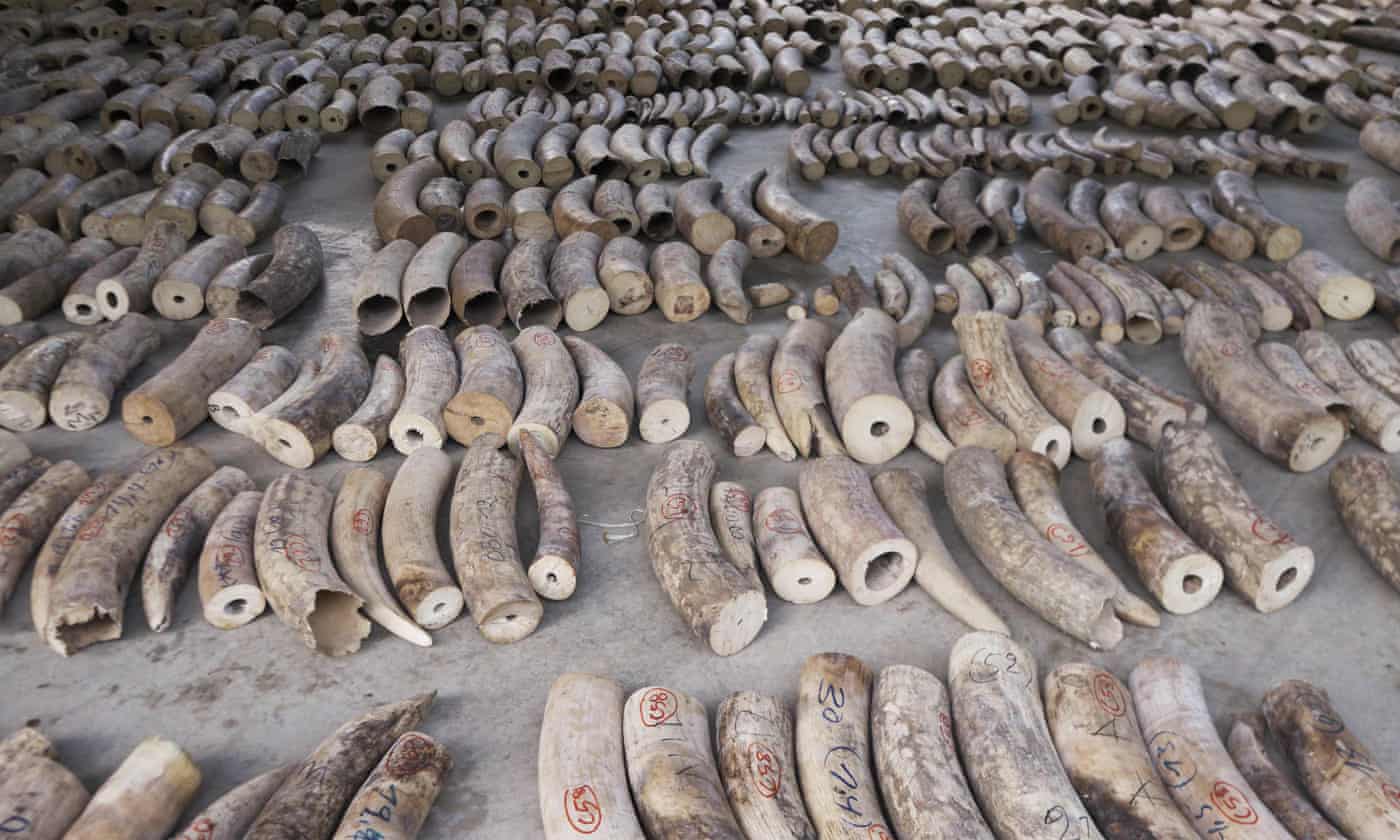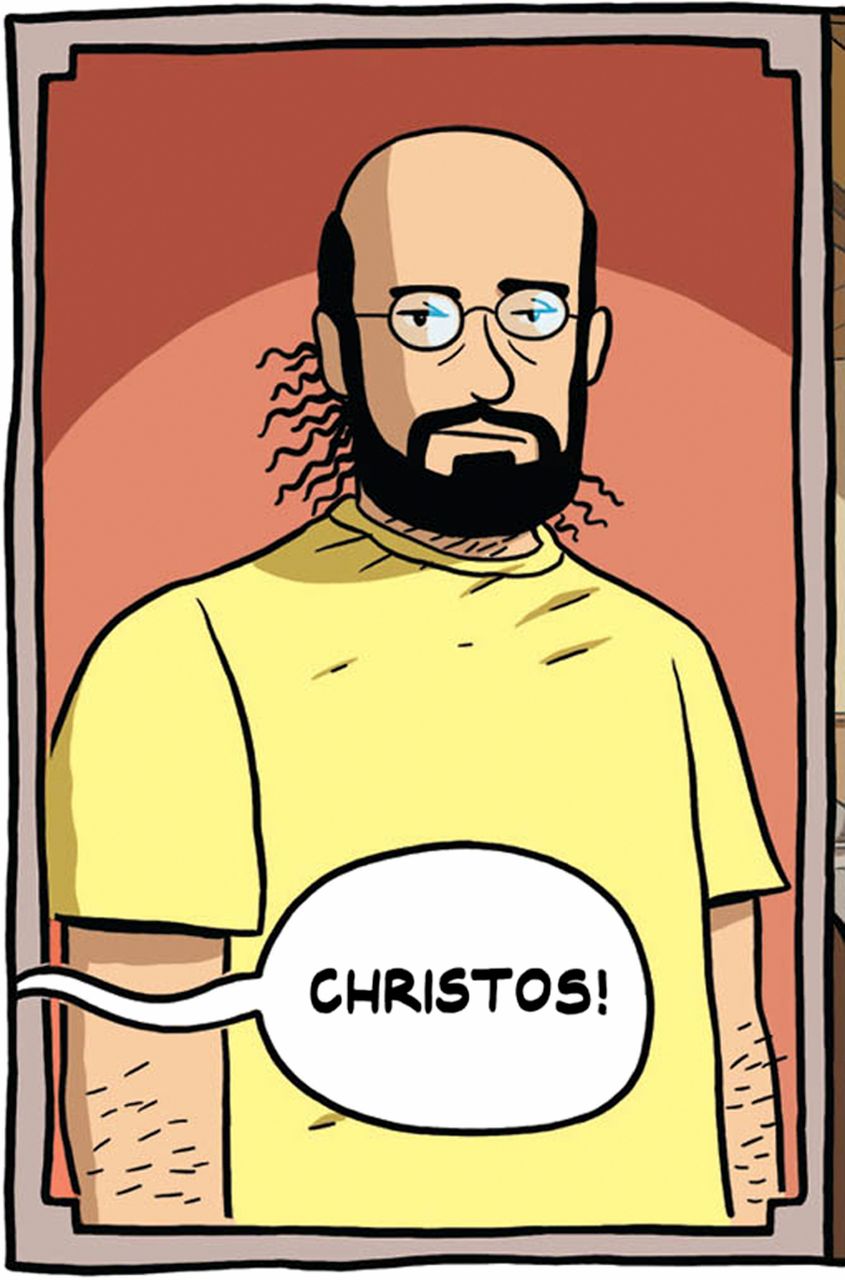Like having children, the hard work of market design doesn't end at conception, or even at birth, it's an ongoing process, particularly when it has to interact with the day to day operating procedures (excuse the double entendre) of the participants.
Here's a paper that reports results of some of that experience with the innovative kidney exchange network that began life as the Alliance for Paired Donation (APD), and is now called the Alliance for Paired Kidney Donation (APKD):
The 6‐year clinical outcomes for patients registered in a multiregional United States Kidney Paired Donation program ‐ a retrospective study
Stanislaw M. Stepkowski Beata Mierzejewska David Fumo Dulat Bekbolsynov Sadik Khuder Caitlin E. Baum Robert J. Brunner Jonathan E. Kopke Susan E. Rees Connie Smith Itai Ashlagi Alvin E. Roth Michael A. Rees
Transplant International, 2019, Volume 32, Issue 8, 839-853.
"Summary
Here's a paper that reports results of some of that experience with the innovative kidney exchange network that began life as the Alliance for Paired Donation (APD), and is now called the Alliance for Paired Kidney Donation (APKD):
The 6‐year clinical outcomes for patients registered in a multiregional United States Kidney Paired Donation program ‐ a retrospective study
Stanislaw M. Stepkowski Beata Mierzejewska David Fumo Dulat Bekbolsynov Sadik Khuder Caitlin E. Baum Robert J. Brunner Jonathan E. Kopke Susan E. Rees Connie Smith Itai Ashlagi Alvin E. Roth Michael A. Rees
Transplant International, 2019, Volume 32, Issue 8, 839-853.
"Summary
We examined what happened during a 6‐year period to 1121 end‐stage renal disease patients who registered with their willing/incompatible living donors for kidney exchanges with the Alliance for Paired Donation (APD). Of all patients, 65% were transplanted: 37% in kidney paired donation (APD‐KPD, APD‐other‐KPD); 10% with compatible live donors (APD‐LD); and 18% with deceased donors (APD‐DD). The remaining patients were withdrawn (sick/died/others; 15%), or were still waiting (20%). For those patients with a cPRA 0–94%, 72% received a transplant. In contrast, only 49% of very highly sensitized (VHS; cPRA 95–100%) were transplanted. Of the VHS patients, 50% were transplanted by KPD/APD‐LD while 50% benefited through prioritization of deceased donors in the modified kidney allocation system (KAS introduced in 2014). All APD transplanted groups had similar death‐censored 4‐year graft survivals as their relevant Organ Procurement and Transplantation Network (OPTN) groups. It is noteworthy that VHS graft and patient survival results were comparable to less sensitized and nonsensitized patients. All patients should be encouraged to search for compatible donors through different options. Expanding the donor pool through KPD and the new KAS of the OPTN increases the likelihood of transplantation for VHS patients.





